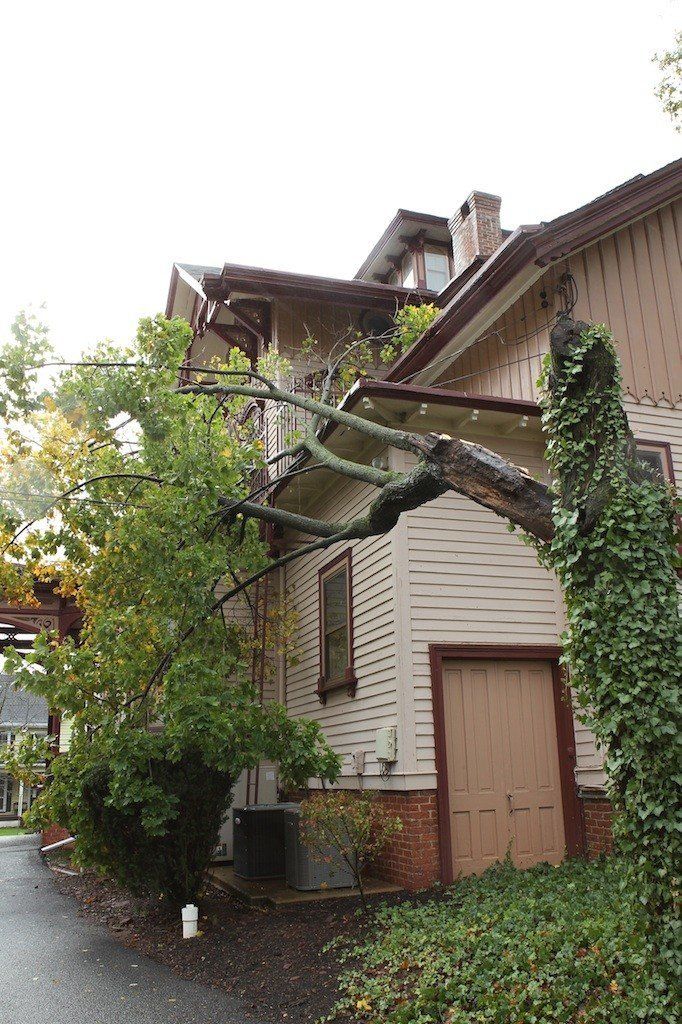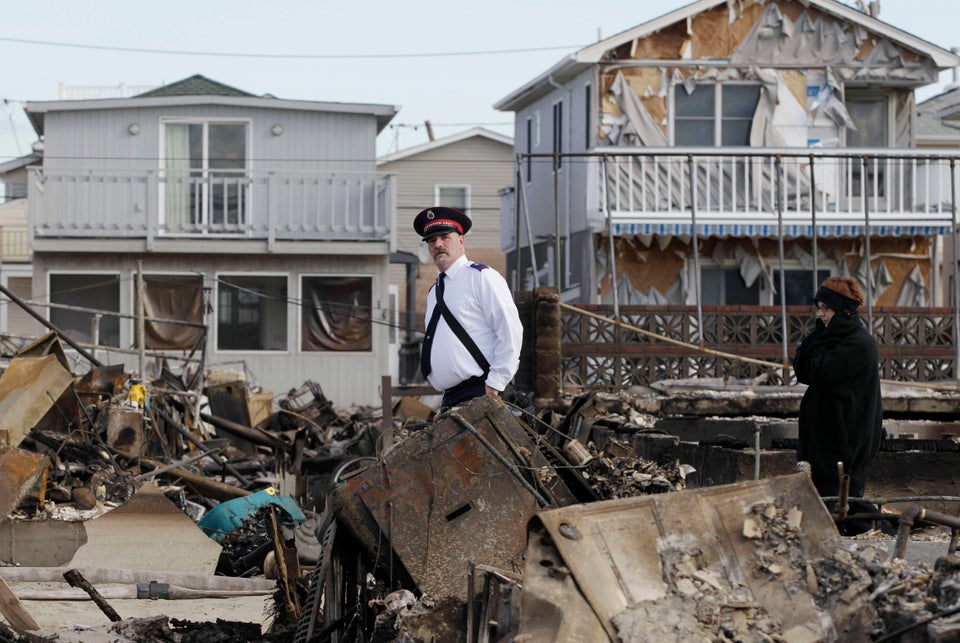
WASHINGTON -- Hurricane Sandy may have shaken up the final week of the 2012 presidential campaign, but few realize how close the storm came to crippling the exit polling operation that was once again central to post-election reporting on who voted and why.
What made the exit polls especially challenging this year is that Edison Research, the company that conducts the exit polls on behalf of the National Election Pool (NEP) consortium of the five television networks and the Associated Press, is in Somerville, N.J. It was directly in the path of Hurricane Sandy, and nearly knocked out of business by the storm at a critical moment in its preparations.
The biennial exit polls are an extraordinary undertaking under normal circumstances; Edison describes its U.S. exit-poll effort as "the largest single-day survey research project in the world." This year's exit polls involved a national sample of 26,565 interviews plus standalone surveys conducted in 31 states that interviewed more than 90,000 additional voters. Many of these surveys combined questionnaires filled out by voters as they exited their polling places with telephone interviews of absentee and early voters. Altogether, Edison reports that more than 3,000 interviewers collected nearly 120,000 interviews of Americans who voted in 2012.
Recruiting and training those interviewers begins months in advance, but some of the most critical work occurs over the final 10 days of the campaign. Paper questionnaires are printed as late as possible, to allow for insertion of "breaking news" questions (in this case, ironically, about Hurricane Sandy). Edison then ships the printed forms to individual interviewers the week before the election, just in time for organized "rehearsal" calls, in which interviewers phone in at designated times to report mock results.
This year, Hurricane Sandy helped make that final week far more challenging than usual.
With the forecast showing Sandy heading toward the mid-Atlantic states, Edison founder and executive vice president Joe Lenski rushed printing the paper questionnaires whose content had been finalized on Oct. 26. By the following day, they were able to print and ship about two- thirds of the questionnaires ahead of schedule.
Afraid that a power outage on Monday might cripple printing of the final batch of questionnaires, Lenski said he convinced his printer to work on Sunday to finish the job. The last batch was delivered to Edison's offices at 9 a.m. Monday.
With the storm just hours from making landfall in New Jersey, a "skeleton crew" from Edison worked to proof the final batch of questionnaires and package them for shipping. Since UPS had canceled package pick-up Monday, Lenski's staff moved the boxes to a second floor "in case we were flooded," he explained, "so we could ship them out when we got back up and running."
Then the storm hit and all but three of the 29 full-time Edison employees lost power in their homes. On Oct. 31, Lenski said he drove "through police barricades" to assess the condition of his main office. A large tree limb had fallen on top of power lines coming into the back of the building, but the office "somehow, miraculously, retained power."
A tree service later informed Lenski that removing the limb would create "a slight chance you'll lose power," so Lenski opted to leave the limb in place. "This is our lifeline," Lenski said at the time. "This is how we're going to get everything done."
Lenski, who lost power to his own home through the election, spent the next 10 days sleeping on an inflatable mattress in his office.
Unfortunately, the separate temporary work space where employees had assembled and stored the remaining questionnaires lost power. So on Wednesday, they printed UPS labels in the office with power and ferried them to the second location where, "in the dark," Edison staffers labeled the last 400 packages.
With the last window to ship the questionnaires in time for a final round of rehearsals closing fast, UPS promised to pick up the boxes before 6 p.m. Wednesday. UPS arrived on time and, as Lenski explains, drove the packages "straight to Newark airport, because all of their other sorting facilities in New Jersey were without power."
The storm created other obstacles for Edison. One of three call centers used to conduct telephone interviews of early voters was located in Manhattan and was without power for three critical days. The same New York City call center was also used to receive rehearsal calls from interviewers. Alternative facilities had to be lined up for both tasks.
Also, many of their interviewers in New York, New Jersey and Connecticut were without power for much of the week and unable to call in, so late rehearsals had to be scheduled over the weekend. Some sample polling places in New York and New Jersey were moved, adding one more wrinkle for exit pollsters.
Ultimately, however, all interviewers received their materials and the exit poll were conducted as planned.
How close did Sandy come to halting this year's exit poll operation? While he was "a little anxious" about that last-minute UPS pickup, Lenski explained that "we did have a back-up plan ... and we would have gotten those final packages sent out one way or another."
So the lesson learned from the exit pollster's Hurricane Sandy travail? "We knew we had to do something, and we just planned."

